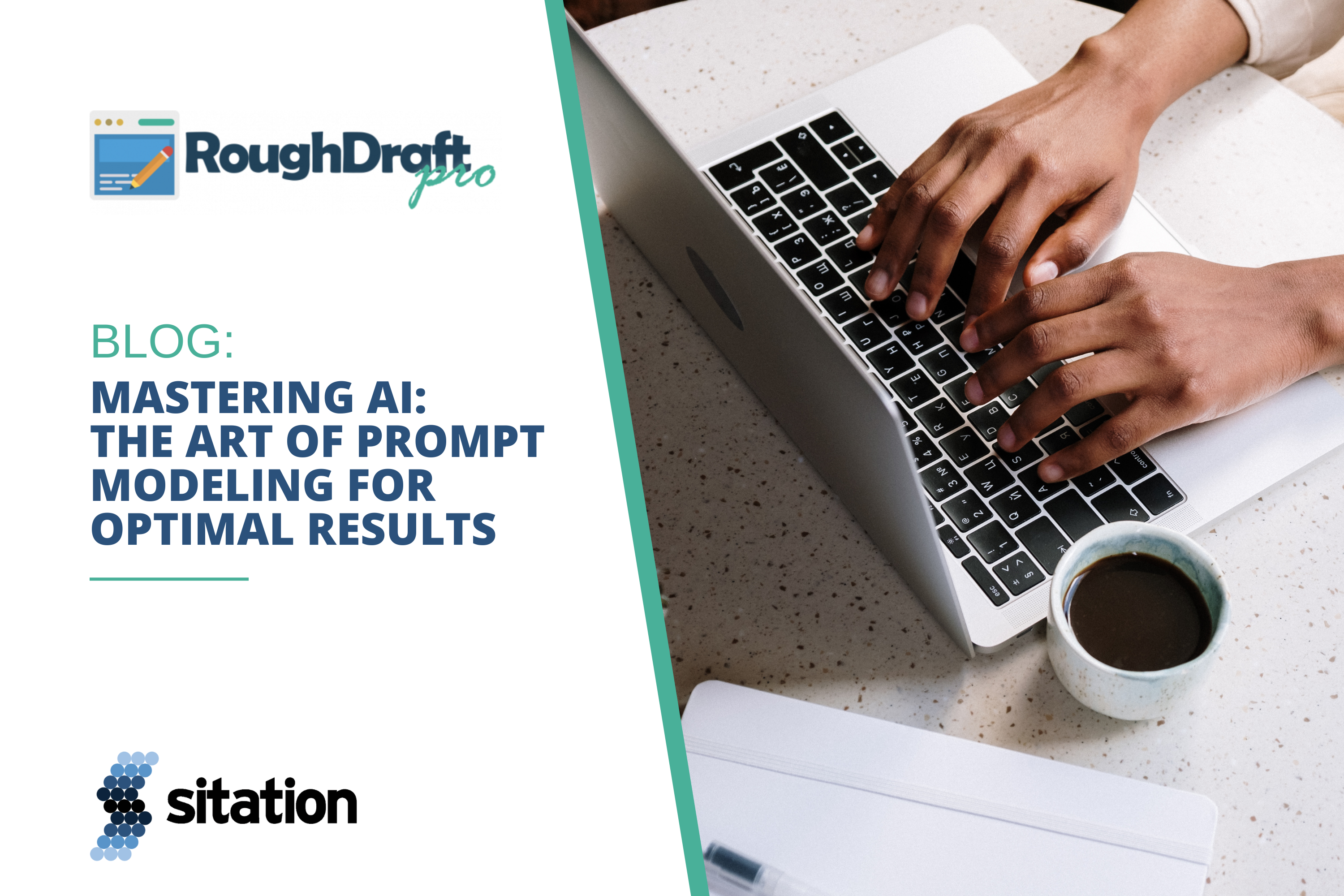In today’s fast-paced business world, the integration of Artificial Intelligence (AI) has become more prevalent than ever before. Most of us have, at the very least, dabbled in experimenting with AI-powered chatbots like ChatGPT to streamline our work processes, find answers, or generate content more efficiently. However, what many business professionals might not realize is that the way you pose your questions or requests to AI can significantly impact the quality of the results you receive. This art of crafting effective prompts for AI is known as prompt modeling, and it’s an essential skill to master in the AI-driven landscape.
Prompt Modeling: The Power of Posing the Right Question
Imagine AI as your trusty digital assistant, ready to assist with any task you throw its way. Whether you’re seeking market insights, drafting reports, or brainstorming ideas, AI is there to help—but it can only be as effective as your input. Prompt modeling is the process of tailoring your input to AI systems to get the desired output. It involves understanding the nuances of the AI model you’re working with, choosing the right language, and structuring your request effectively. Let’s delve deeper into the challenges and considerations of prompt modeling:
1. AI Model Variability
The very first consideration to be made when working with AI is which technology to choose. Each AI technology available has different capabilities, advantages and disadvantages. Even within a single company’s offerings, like OpenAI, the differences between the available technologies matter. Using 3.5 vs 4 has surprisingly different results, even when using the exact same prompting language. AI models are constantly evolving, and different versions may produce varying results. Staying updated and adapting your prompt modeling techniques accordingly is crucial.
2. Precision Matters

AI is a powerful tool, but it’s not a mind-reader. The more precise and clear your prompt, the better the AI can understand your request. Vague or ambiguous questions can lead to unsatisfactory results. The outputs you receive will only be as good as the inputs with which you start.
3. Context is Key
Providing context can make a significant difference. If you’re requesting content to be generated by AI, explain the use case and audience; be specific about tone and voice. This helps AI grasp your intent and better execute on your request.
4. Experiment and Iterate
Don’t be afraid to experiment with different phrasings and approaches when prompting AI. The first attempt may not yield the ideal response, but iterative refinement can lead to better outcomes. Every word you input has significance, and synonyms are not always treated as completely interchangeable words. When we are prompt modeling, we test multiple sets of input data at a time. Leveraging the ability to see results at-scale allows us to better shape our prompt models so we get the exact results we want, and most importantly, consistently over time.
5. Balance Complexity
Finding the right balance between a simple, straightforward prompt and a more complex one can be challenging. Complex prompts may yield precise results but might require more experimentation.
6. Dedicate Time
Crafting the perfect prompt can be time-consuming. You might need to invest significant effort in understanding AI’s capabilities and limitations, as well as fine-tuning your prompts to achieve the desired results. This is particularly true if you are using generative AI to create content for your business or products and need professional results.
In the world of AI, prompt modeling is a skill worth honing for any business professional seeking to harness the full potential of AI-driven solutions like OpenAI. Remember that the power of AI lies in your hands—how you ask the question or make the request can make or break the effectiveness of your interaction. Embrace the process of experimentation, remain patient, and don’t shy away from investing time into crafting well-structured prompts.
While prompt modeling is exciting and a rewarding experience, busy professionals may not have the time to dedicate to learning how to elicit professional, scalable results from AI technologies – and that’s ok, too! Finding an expert partner to help you get the results you want at an enterprise level is a great way to harness the power of AI while valuing your time.
Contact us to learn more about how Sitation and RoughDraftPro can serve as your prompt modeling specialist and further your journey in to AI content creation as a solution.




